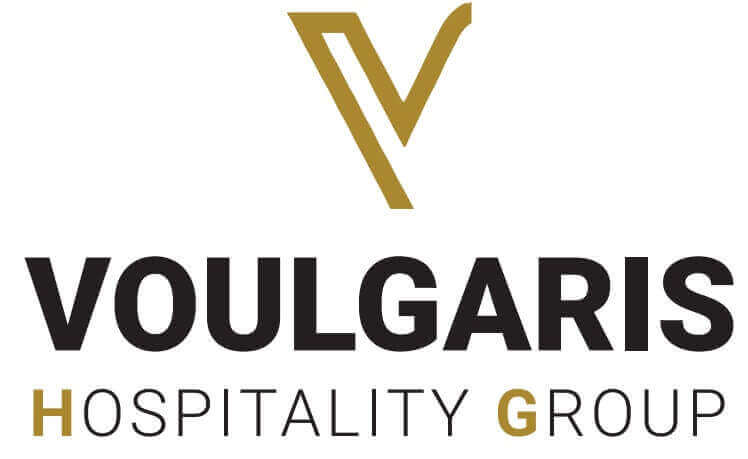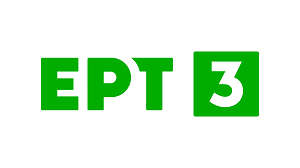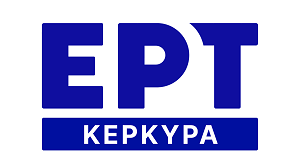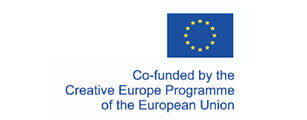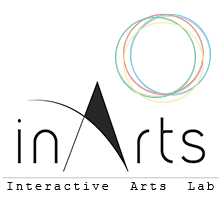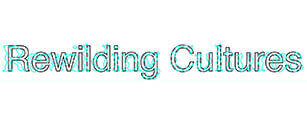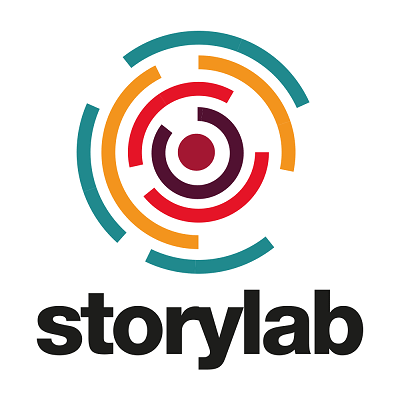Caves are widely acknowledged as archives of both natural history and human past, because of their great potential of preserving fossil evidence of organisms that lived in the past and cultural remains. The scientific importance of caves and the benefits that multiple disciplines can acquire by thoroughly studying them are numerous and their preservation is of outmost importance. However, mapping and documenting caves are extremely demanding tasks, especially due to their complex structure. In this work, we focus on the work realized for the development of a serious game for recreational and educational purposes for the visitors of the Petralona Cave and the Museum of Petralona. The serious game exploits the results of the high-resolution mapping of the Petralona Cave, one of Europe’s most impressive and important caves, mainly due to its rich collection of fossils and the discovery of a human skull that dates to at least 200,000 years before present, together with important palaeolithic archaeological findings.
To maximize quality, the mapping of the Petralona Cave was digitized with full metric information, where a 3D laser scanner and an unmanned aerial vehicle were used in combination with ground photography to achieve the maximum possible resolution of the photorealistic texture of the 3D model. Moreover, a very high-resolution medium format camera was used for ground shots in combination with artificial strobe lighting in order to optimize texture quality and enhance the geometry in areas where the 3D laser scanner was unable to survey.
The high-resolution digitized model of the Petralona Cave is combined with a number of mini-games that are developed to enhance user’s experience. The developed mini-games are based on scenarios relevant to the most interesting findings of the Petralona Cave and the Museum of Petralona, while those are designed in a way to attract the interest of young visitors, especially in the age of primary education. The serious games are deployed in Unity Engine and programmed in C#. MeshLab was used to modify the size of some objects, as well as GIMP to create graphics.
The work is realized in the framework of the Cave3 project which is co-financed by the European Regional Development Fund of the European Union and Greek national funds through the Operational Program Competitiveness, Entrepreneurship and Innovation, under the Special Action “Open Innovation in Culture” (project code: Τ6ΥΒΠ-00247).
Back
